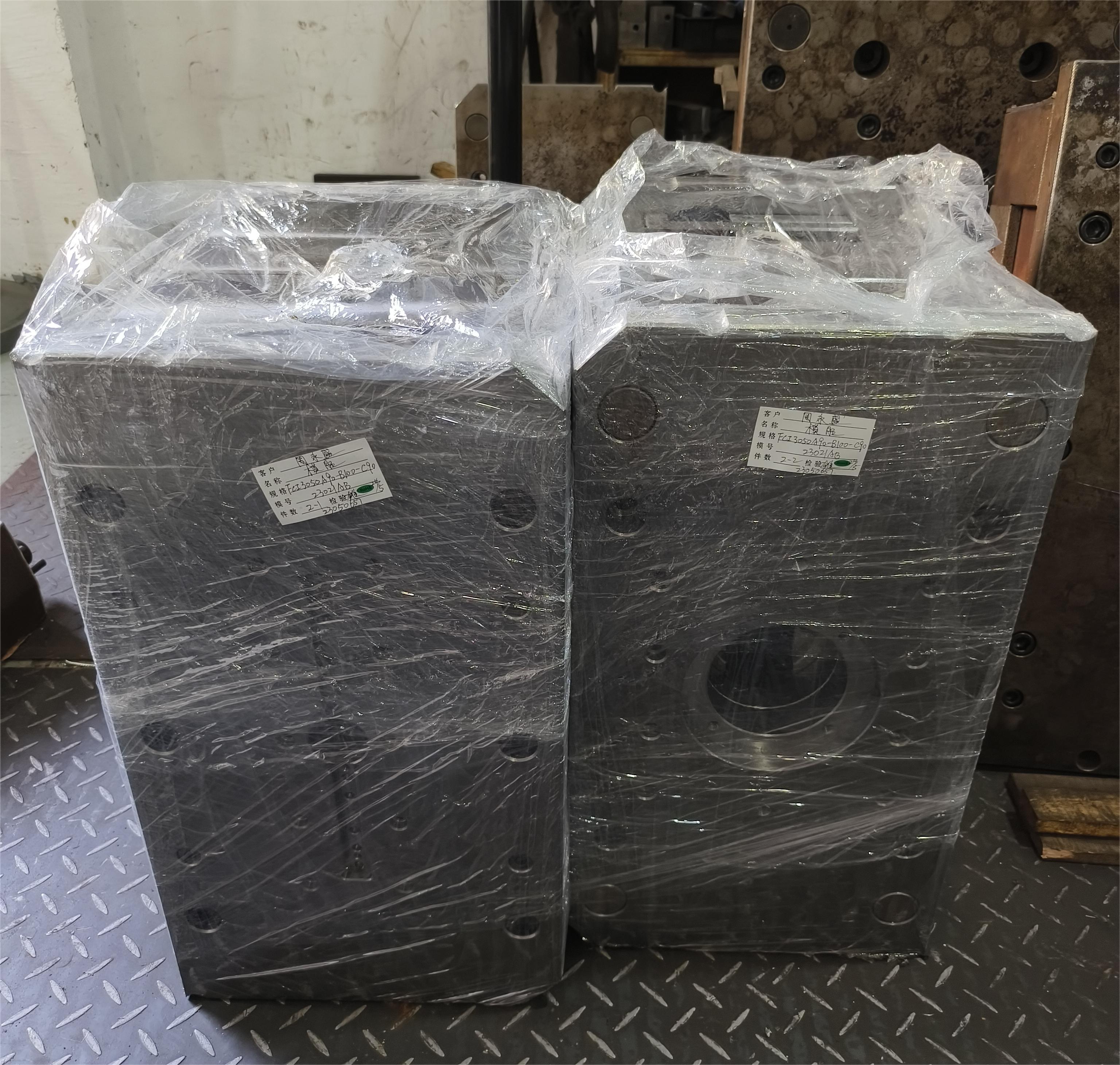The manufacturing industry in Korea is known for its innovation and high-quality output. One of the key materials that contribute to this success is tool steel plates. In this article, we will explore the various benefits tool steel plates offer to Korean manufacturing industries and how they play a crucial role in enhancing efficiency and product quality.
What Are Tool Steel Plates?
Tool steel plates are high-carbon steels that have been specifically designed for manufacturing tools. They are known for their **durability**, **hardness**, and **wear resistance**. Tool steel plates come in various grades, each tailored for specific applications in the manufacturing process.
Advantages of Tool Steel Plates
Tool steel plates offer several advantages that make them essential for manufacturing applications in Korea. Some of these benefits include:
- High Hardness: Tool steel plates can achieve a hardness of up to 65 HRC (Rockwell Hardness Scale), making them ideal for cutting, milling, and stamping tools.
- Wear Resistance: They maintain their structural integrity even in high-friction environments, significantly extending tool lifespan.
- Heat Resistance: Tool steel can withstand high temperatures without losing its hardness, making it suitable for hot work applications.
- Versatility: Tool steel plates can be used to manufacture various tools, such as molds, punches, dies, and blades.
Applications in Korean Manufacturing
In the context of Korean manufacturing, tool steel plates find applications across various sectors, including:
| Industry | Applications |
|---|---|
| Automotive | Molds for plastic parts, cutting tools |
| Aerospace | Precision tools, dies |
| Electronics | Stamping dies, engraving tools |
| Construction | Heavy-duty machinery, cutting equipment |
Why Korean Industries Prefer Tool Steel Plates?
Several factors contribute to the preference for tool steel plates in Korean industries:
- Cost-Effectiveness: While tool steel plates may have a higher upfront cost, their longevity and reduced replacement frequency make them cost-effective in the long run.
- Improved Production Efficiency: The use of durable tool steel results in fewer breakdowns and less downtime.
- Quality Assurance: Tool steel plates meet stringent quality standards, ensuring that the tools manufactured from them deliver consistent performance.
Environmental Considerations
The manufacturing sector is increasingly focusing on sustainability. Tool steel plates have several environmental benefits:
- Recyclability: Tool steel can be recycled, reducing waste in manufacturing processes.
- Energy Efficiency: Their durability reduces the need for frequent replacements, conserving energy and resources in production.
Market Trends in Tool Steel Plates
The global market for tool steel plates, particularly in Korea, is growing. Key trends include:
- Advanced Alloys: New high-performance alloys are being developed, enhancing specific characteristics.
- Automation Integration: Manufacturers are increasingly integrating automation in the production of tool steel plates for better precision and efficiency.
- Research and Development: Companies are investing in R&D to innovate and enhance the performance of tool steel products.
Challenges Faced by Korean Manufacturers
Despite the advantages, there are challenges that Korean manufacturers must navigate:
- Sourcing Quality Materials: The quality of tool steel can vary significantly; hence, sourcing reputable suppliers is essential.
- Competition: The global market for tool steel is increasingly competitive, putting pressure on local manufacturers.
- Technological Upgrades: Keeping up with evolving technology requires continuous investment, which can be a challenge for smaller enterprises.
Conclusion
In conclusion, tool steel plates offer significant benefits to Korean manufacturing industries. Their high hardness, wear resistance, and versatility make them invaluable for producing high-quality tools and products. While challenges exist, strategic investments in technology and partnerships with quality suppliers can help manufacturers thrive in a competitive market. As the demand for efficiency and quality continues to grow, the role of tool steel plates in Korean manufacturing will undoubtedly become even more prominent.

